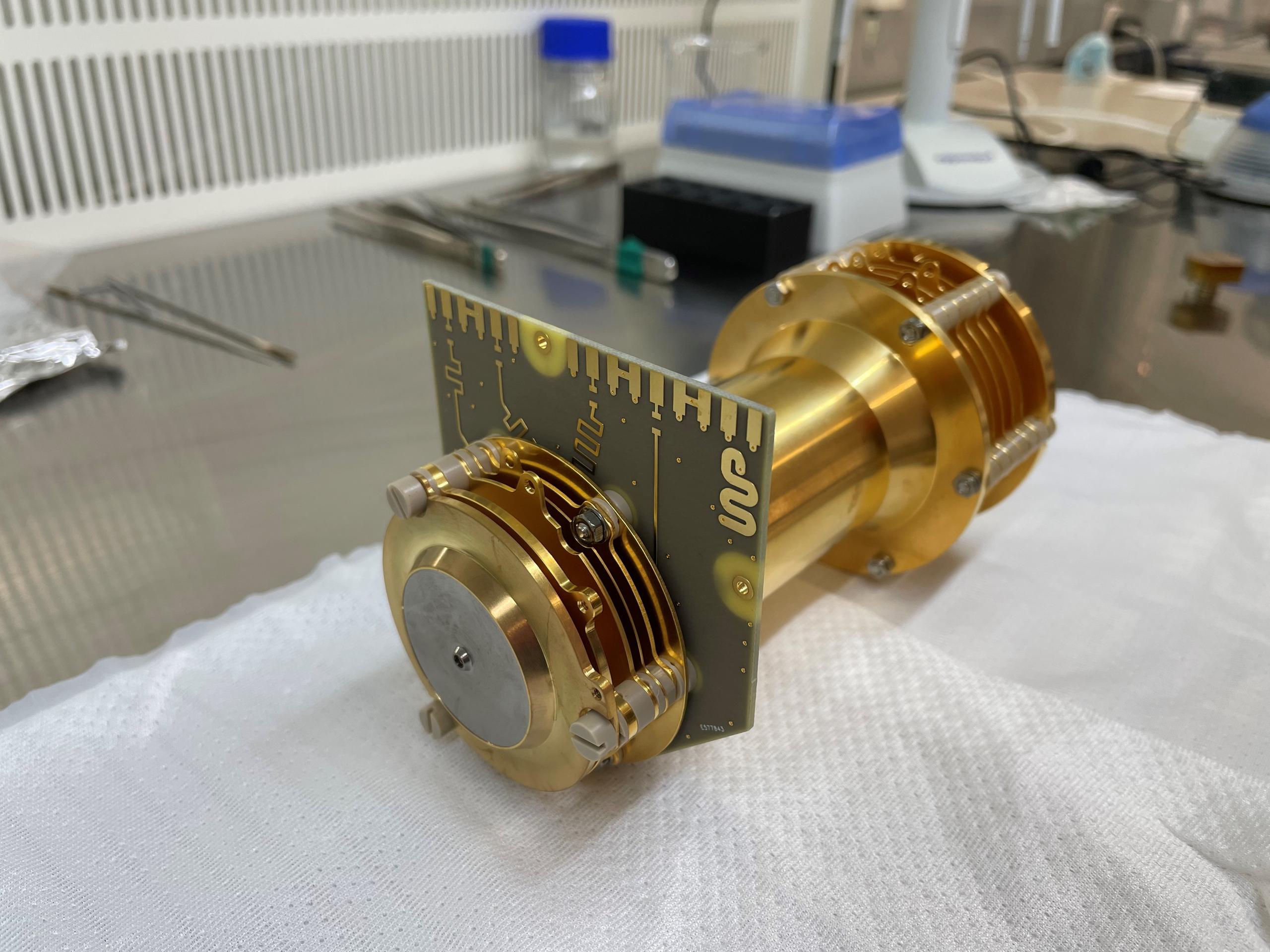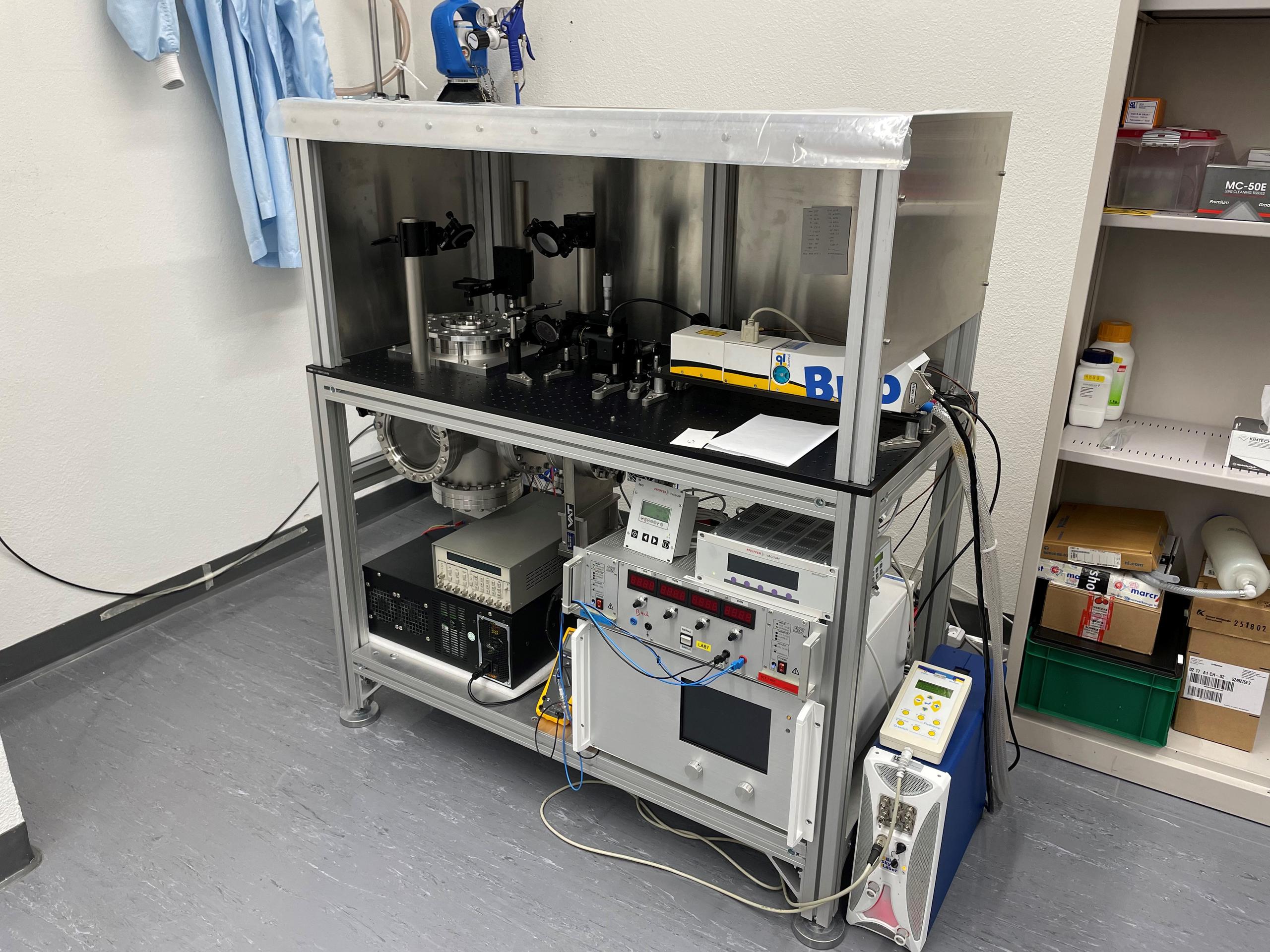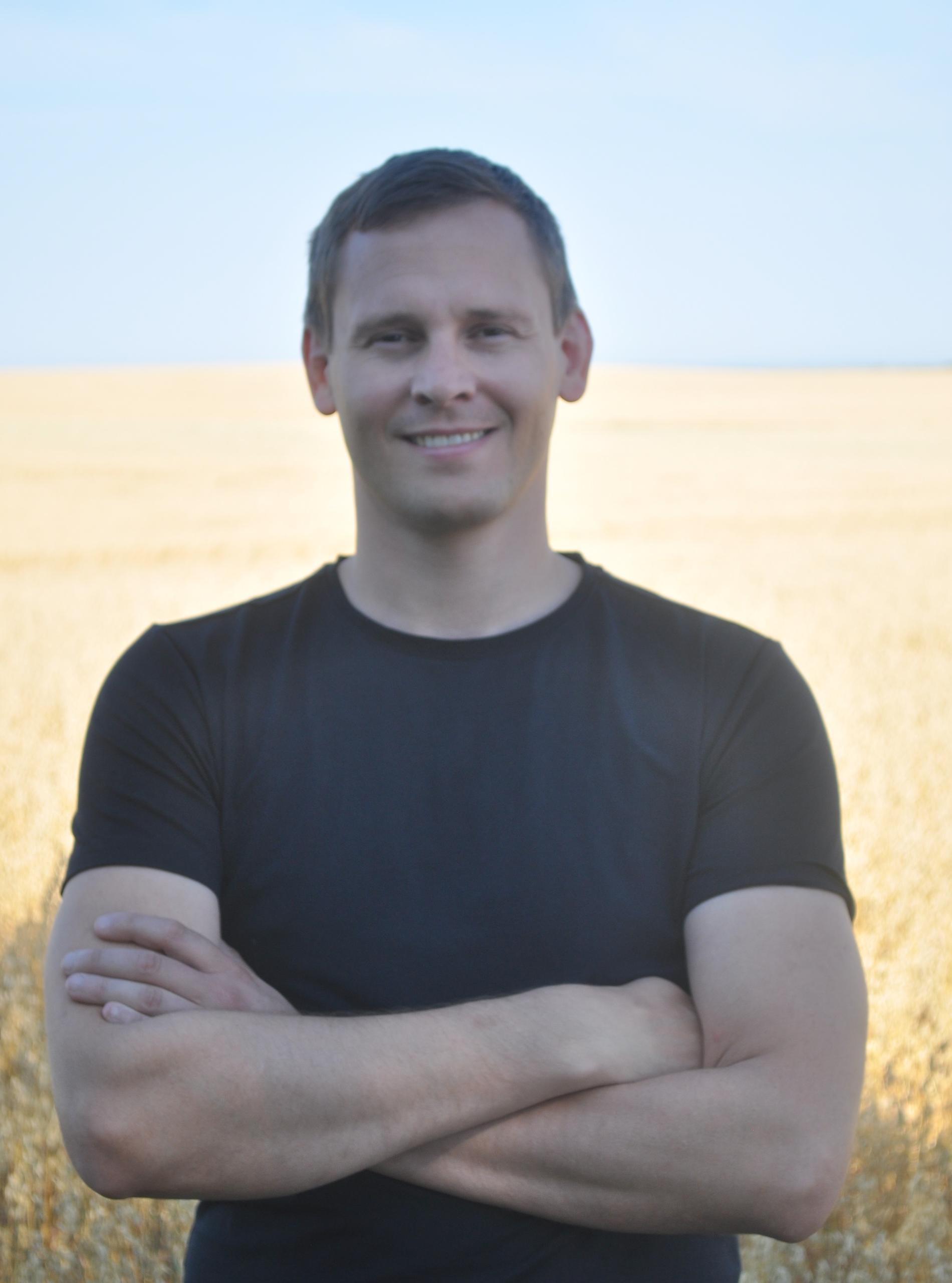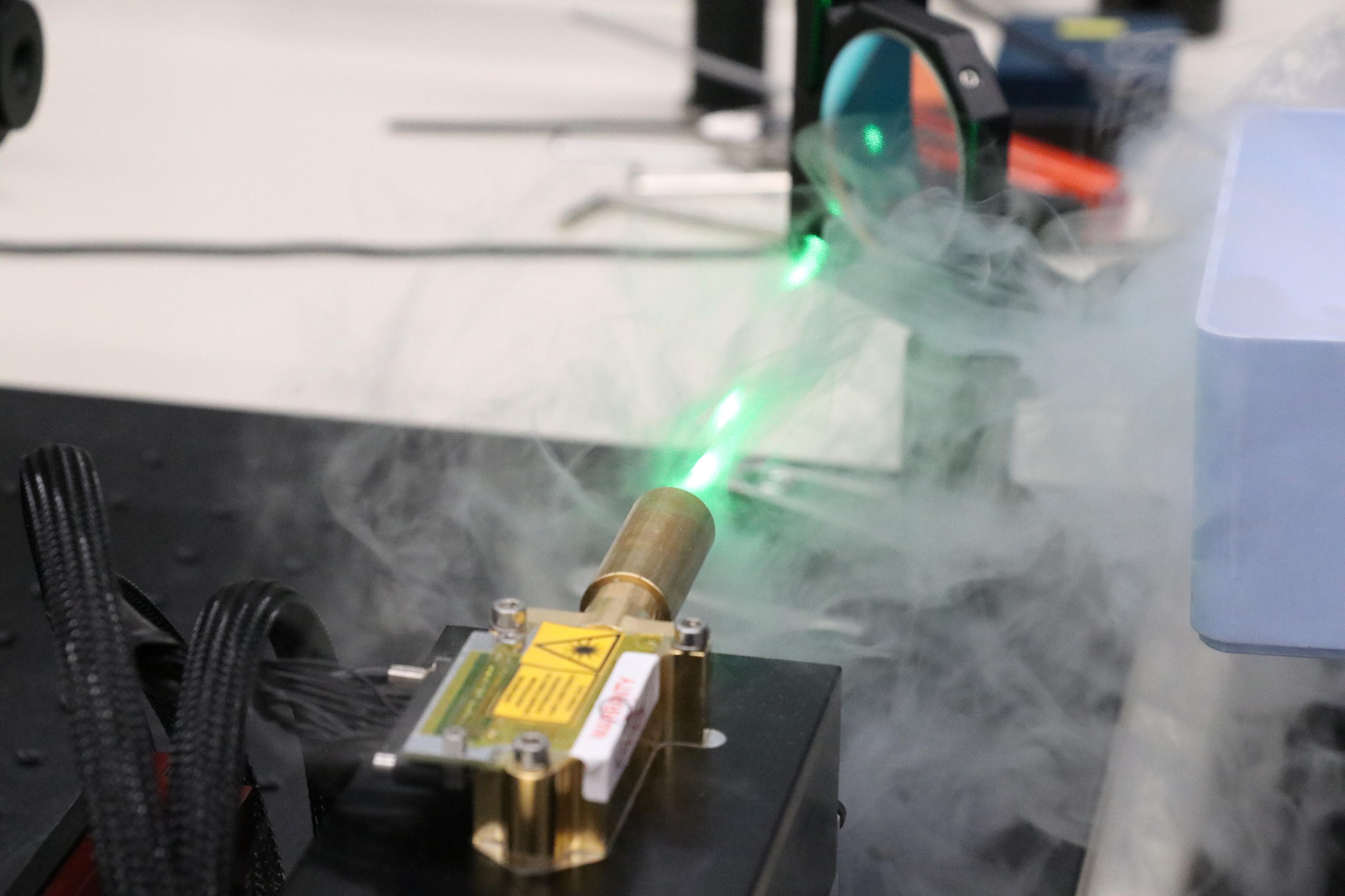
Bern scientists hope to find the building blocks of life in space

Andreas Riedo and Niels Ligterink are on a mission. The two Bern-based scientists hope to find life in space using a state-of-the-art instrument known as ORIGIN that may be used on future space missions to Jupiter and Saturn.
“From a purely statistical perspective it’s impossible that we are alone in the universe,” declares Andreas Riedo, a professor at the University of Bern’s Space Research and Planetary Sciences department.
On the day of our interview, by chance, NASA’s Mars rover Perseverance landed on the red planet.
“Perhaps it will discover the first signs of life,” enthuses Riedo.

The 36-year-old scientist has been fascinated by space since a young age. As a boy he built a model solar system that he hung from his bedroom ceiling. Today he designs and develops space instruments.
“We must assume that we may find micro-organisms under the kilometre-thick sheets of ice that cover the liquid oceans of the moons orbiting Jupiter and Saturn,” he says.
Set of scales
Riedo and his colleague Niels Ligterink, 32, are responsible for the development of the “ORIGIN” mass spectrometer built at the University of Bern.
In simple terms, a mass spectrometer is like a highly sensitive set of scales that uses laser beams to weigh molecules. These measurements allow us to say whether we are dealing with a normal molecule or a biomolecule which could indicate a sign of life.

“Space is a fascinating place for a chemist to be able to study molecules as the conditions are very different from those on Earth,” says Ligterink, who is from the Netherlands.
ORIGIN is being built to search for amino acids, a class of biomolecules which are the essential building blocks of proteins.

“We hope to find some on the icy moons of the largest planets; this would mean that life exists or existed there,” says Riedo.
Their long-term objectives are Europa, the smallest of the four Galilean moons orbiting Jupiter, and Enceladus, Saturn’s sixth largest moon. The Cassini-Huygens and Galileo space missions have enabled scientists to detect oceans on the moons, covered by a layer of ice estimated to be several kilometres thick. The ORIGIN mass spectrometer is specially designed to analyse liquids. Riedo hopes to detect biosignatures in these far-off oceans.
A new approach
The University of Bern has a long tradition of making important contributions to international space missions. These include its Solar Wind Composition Experiment, used on the Apollo 11 mission in 1969, and the more recent CHEOPS space telescope.

More
In space exploration, Switzerland punches above its weight
The ORIGIN mass spectrometer was initially developed in 2003 by Peter Wurz for the European-Japanese BepiColombo space mission to Mercury. Mission control decided to launch it in 2018 without a lander, so the instrument stayed behind in Bern.
Since then, scientists have continued to make improvements to the spectrometer. Today, ORIGIN is between ten and 1,000 times more sensitive than comparable devices.
Since the 1970s, when the first space missions landed on Mars, the technology and instruments on board planet rovers have evolved very little.
“Ovens heated samples in order to vaporise them; the evaporated matter was then analysed,” said Riedo.
ORIGIN is very different as it does not use solvents or heat.
“It uses laser beams and therefore does not subject samples to thermal effects like in an oven,” explains Riedo. This method is more direct and the results are simpler to understand. And not sending an oven into space saves a lot of money.

Several obstacles
Several international consortiums led by NASA want to test ORIGIN on future space missions. According to the University of Bern, the American space agency plans to send a mission to Europa in 2030 to try to identify signs of life. The journey to Jupiter’s satellite could take seven years.
Preliminary work has been difficult. NASA invited the Bern-based scientists to test the instrument in the Arctic. But such tests are impossible now due to the Covid-19 pandemic.
“The coronavirus situation has completely turned scientists’ planning upside down,” says Riedo.
But the scientists have received some good news recently: a project with British colleagues in the Antarctic has been given the green light.
“They will supply us with ice samples that we can then analyse using ORIGIN,” says Riedo.
In space it will be important to obtain new samples to measure for biosignatures. But the low temperatures in space (between -160 and -170 degrees Celsius) will be an advantage.
“If there are biosignatures they will already be frozen,” he adds.
But the challenges of building an instrument that is strong enough to survive the extreme conditions and able to send back good measurements remain immense.
These distant moons are subject to intense bombardments of cosmic rays which also have an impact on biosignatures. Any amino acids or lipids could quickly decompose and become untraceable, says Riedo.
But if ORIGIN does manage to detect a sign of life, it would be “a huge leap forward for science and society” says the scientist.
“For the first time we would be certain that we are not alone in the universe,” he says.
Translated from German by Simon Bradley

In compliance with the JTI standards
More: SWI swissinfo.ch certified by the Journalism Trust Initiative
































Join the conversation!